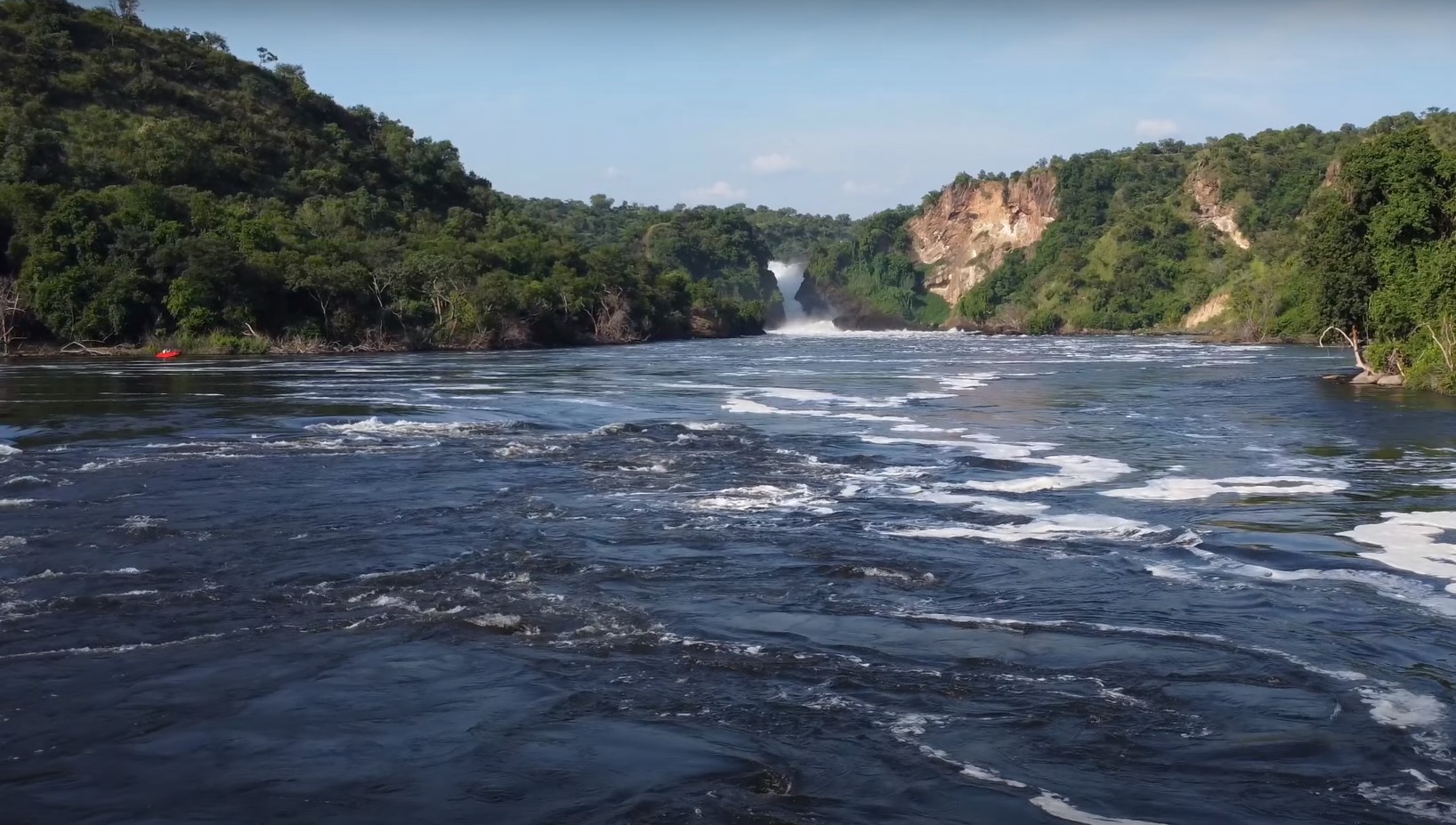Murchison Falls National Park: All you need to know and Activities
 Murchison Falls National Park is nestled in northwestern Uganda on the shores of Lake Albert. Murchison Falls National Park is Uganda’s largest safari park. The park was locally known as Kabalega National Park; it is 305 km from Kampala in the Masindi district and can be accessed by road or Flight. This guide covers the different attractions in the park, what to do in this park, and the accommodations.
Murchison Falls National Park is nestled in northwestern Uganda on the shores of Lake Albert. Murchison Falls National Park is Uganda’s largest safari park. The park was locally known as Kabalega National Park; it is 305 km from Kampala in the Masindi district and can be accessed by road or Flight. This guide covers the different attractions in the park, what to do in this park, and the accommodations.
In 1952, the British administration established the National Parks Act of Uganda. The protected area described above became Murchison Falls National Park. Murchison Falls covers an extension of 384,000 hectares, making it Uganda’s most significant protected national park, followed by Queen Elizabeth National Park. This diverse park runs eastward from the shores of Lake Albert around Victoria Nile, and Karuma Falls.
Murchison Falls National Park is adjacent to Bugungu Wildlife Reserve, which covers 748 km2, and Karuma Falls Wildlife Reserve, which covers 720sq. These all emerged together to form the larger Murchison Falls Conservation Area (MFCA). The park covers Masindi district, Buliisa district, Nwoya, and Kiryandongo districts. This large chunk of land is bisected by the Nile River to form the Northern part of the park (Chobe side) and the southern part (paraa side).
At some point, the Victoria Nile River forms the falls as the fast water surges through a narrow rocky gap or gorge over a massive drop of just 7m; this water is tremendously fun to watch as it falls into a plunge pull from a cliff of just 130 feet. The falls are what made the park so famous besides the animals, and this is because the Murchison Falls are the most powerful waterfalls in the world, making them the park’s apex. The stretch of water provides one of Uganda’s most remarkable wildlife spectacles. You will see this when you visit Murchison Falls National Park.
The park is controlled by the Uganda Wildlife Authority (UWA), which is responsible for all the conservation policies, such as the cost of each activity carried out in this park and the conservation and sustainable tourism project plans and programs as they unfold regularly.
Everyday activities in this park include wildlife viewing safaris, game viewing, launch trips to the bottom of the falls and hikes to the top (Devil’s Cauldron), birding, and nature walks. The launch trips are more exciting and fun since they get you up close to the animals in the park. For those who seek an aerial wildlife viewing experience, you can opt for a balloon safari because they are also available within the park. The park’s vegetation is mainly made up of Savannah, Riverine forest, and woodland; this all acts as home to many animals that live in this park, including lions, leopards, oribis, giraffes, elephants, kob and Rothschild giraffes, among others.
Murchison Falls is located in northwest Uganda, which is still northwest of Kampala, the capital. It takes about a 4-6 hrs. drive to get to the park from the capital, but the distance depends on the route you use to get there too. You could take the shorter route via Kampala to Masindi. Murchison Falls Park to the southwestern part of Paraa or you may pass via Kampala Hoima road, which is 135km longer but with lovely scenery; using either of the routes, you can reach safely.
In conclusion, Murchison Falls is a place for all kinds of travellers, Provided you seek to find wildlife or adventure, book a Murchison safari today and stand a chance to view all sorts of the game an African safari could ever offer with unforgettable moments that wildlife can offer on a fantastic game drive or boat trip. This safari park is an all-year-round wildlife destination. Still, it can be best visited during June to late September or January to mid-March on a Ugandan safari.

